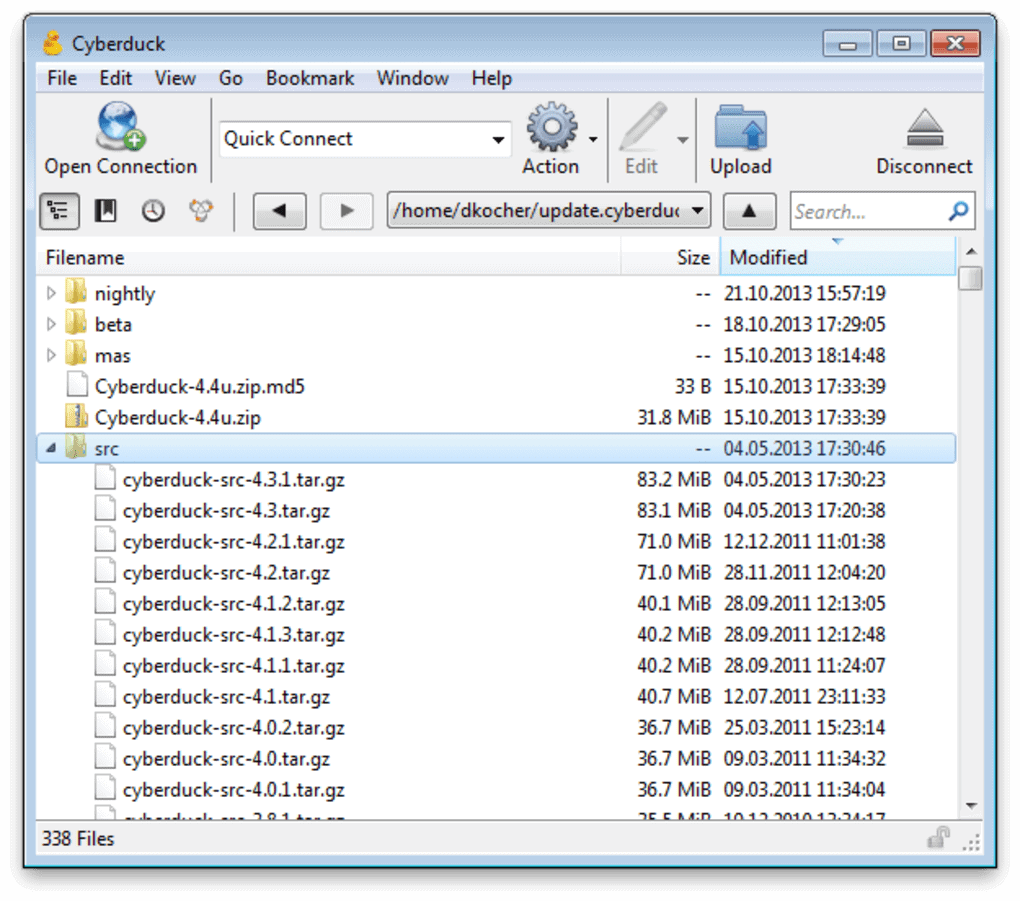

- #Sftp tool for mac how to
- #Sftp tool for mac install
- #Sftp tool for mac password
- #Sftp tool for mac plus
- #Sftp tool for mac download
Fugu provides a friendly, intuitive interface for OpenSSH's Including passwords, is sent in the clear. SFTP is similar to FTP, but the entire session is encrypted, meaning nothing, I hope it works for you as well as it did me, because I am now happily FTP-ing website files into my Mac server using SFTP.Fugu is a graphical frontend for the text-based Secure File Transfer Protocol (SFTP) client that ships Configure your network router’s Port Forwarding settings to send inbound traffic on port 22 to your Mac server’s IP address. Click the small gear icon (Settings) and choose Apply to enclosed items.Ģ. Grant Read & Write privileges to that account. Select the FTP account that you created earlier.į.
#Sftp tool for mac plus
Click the small plus sign (+) in the lower-left to grant access to an additional account.Į. Click the Lock icon and enter your Mac admin credentials.ĭ. Near the bottom, you see Sharing & Permissions.Ĭ. In Finder, navigate to your web root folder and click it once to select it.ī. Change the folder permissions on your web root folder.Ī. There were two other things you might have to do:ġ. Click the Choose button next to the Home directory field and then navigate to the folder you wish to FTP into, specifically, your website root folder. Delete the word “false” from the login shell, leaving it something like /usr/binĨ. Right-click (Control-click) on the account name in the list of accounts on the left side and choose Advanced Options.ħ.
#Sftp tool for mac password
Make up an account name and password for FTP-ing, and click Create User.Ħ. It may work with Sharing Only, but I haven’t tried it.ĥ. Click the small plus sign (+) in the lower-left to add a new account.Ĥ. Click the Lock icon and enter your Mac admin credentials, if necessary.ģ. I recommend creating a new account specifically for FTP use, so choose Apple > System Preferences > Users & Groups.Ģ. I tried it, and it works great! Here’s how:ġ. Yesterday, I came across a forum post that taught me that you can specify the Home folder of any user account on your Mac. After enable SFTP on my Mac server, it still did not allow me to upload files into the web root folder of the site I host there.

If you see something similar in the terminal window: Sudo -s launchctl load -w /System/Library/LaunchDaemons/ftp.plistĬheck if the server is working with the ftp localhost command. Start FTP server in macOSįirst, start the Terminal (/Applications/Utilities/Terminal.app) and run the following command: Simply, the built-in server is disabled by default and we just need to enable it.

#Sftp tool for mac download
Naturally, it is possible to download a separate server and many do, but why, if the mac out of the box already has a built-in ftp / sptp server, which is enough for most tasks.
#Sftp tool for mac how to
How to Start FTP and SFTP Server in macOS
#Sftp tool for mac install
One of the advantages of this method is that you also get other useful tools in the kit, and you will not need to install them manually. For example, you can connect to the gnu.org server to check that everything worked out. When Homebrew finishes installing inetutils, you can run the FTP command as usual. If you need FTP protocol, it will not hurt to install the entire set. The inetutils file contains: FTP, FTP server, telnet and telnet server, as well as rsh, rlogin, tfp servers and clients, etc. If you haven’t Homebrew in your system, you can take script for Homebrew installing here. If you still haven’t installed Homebrew on a Mac, you need to do this before proceeding with the instructions below. How to Start FTP and SFTP Server in macOS.


 0 kommentar(er)
0 kommentar(er)
